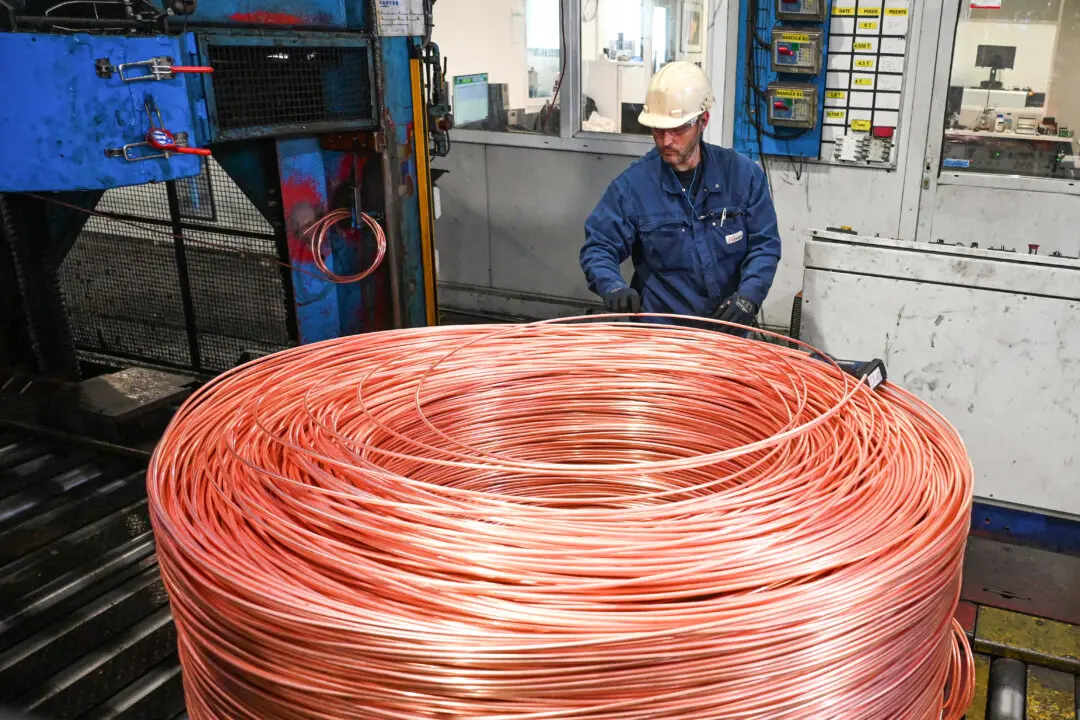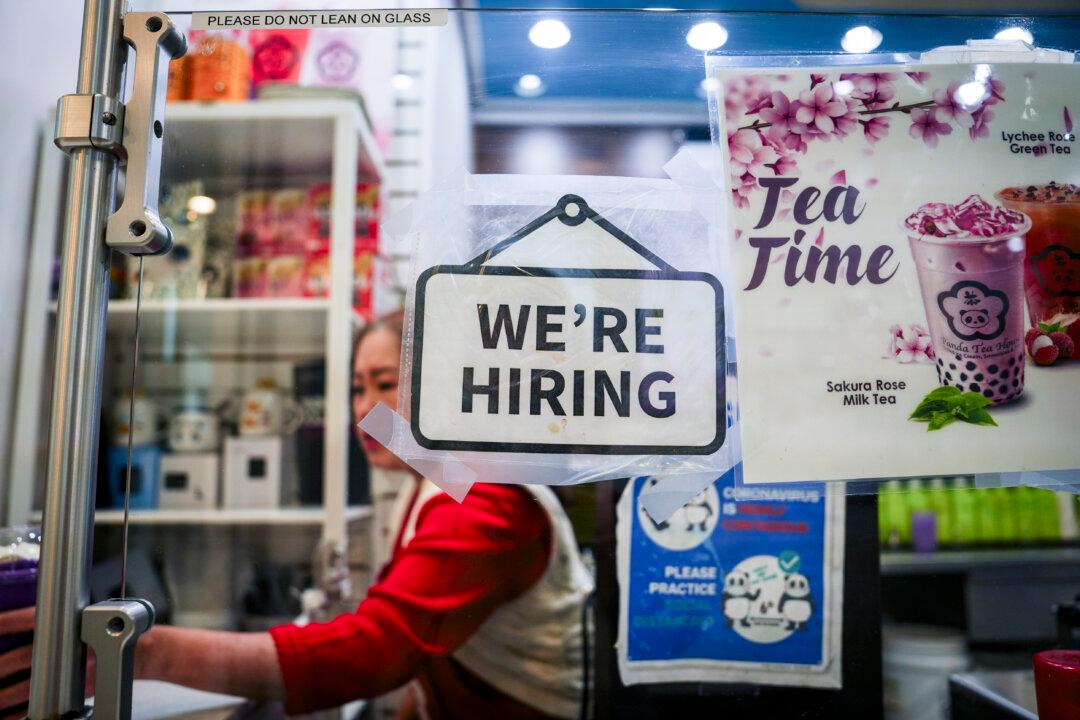A growing number of U.S. firms are collapsing under the weight of higher interest rates as corporate bankruptcies reached their highest first-half levels since 2010, new data show.
In the first six months of 2023, there were 340 corporate bankruptcies, topping every other comparable span in 13 years, according to S&P Global Market Intelligence. That’s up 93 percent from the same time a year ago and higher than in 2020, when there was a spike during the early days of the COVID-19 pandemic.





